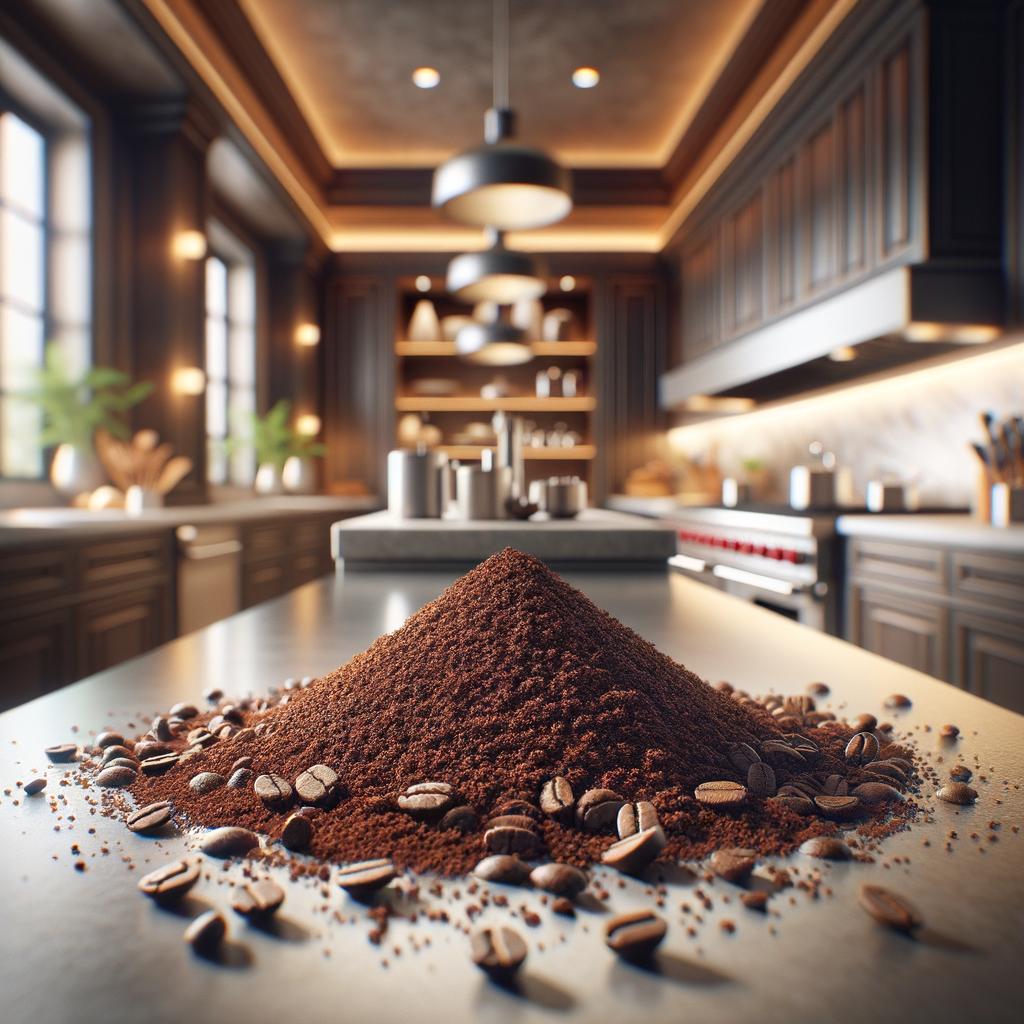Coffee Grounds

Description
The ingredient under our spotlight today is none other than the humble coffee grounds. An often overlooked treasure, coffee grounds are the brown, granular remnants left after brewing coffee. Their texture can range from coarse to fine depending on the brewing method used. The flavor profile of coffee grounds is robust, with a distinct bitterness and underlying notes of chocolate, fruit, or nuts, depending on the bean's origin. What sets coffee grounds apart from other similar ingredients like tea leaves is their versatility. Not only can they be used to make a delicious cup of joe, but they also have numerous other uses that span culinary, gardening, and even cosmetic applications.
Primary Uses
Coffee grounds are primarily used to brew coffee, a staple in many cultures around the globe. They are also used in a variety of cuisines to add a unique, rich flavor to dishes. From being used in dry rubs for meats, to enhancing the flavor of chocolate desserts, coffee grounds have found their way into the heart of many kitchens. Beyond the culinary world, coffee grounds are used as a natural fertilizer in gardening due to their high nitrogen content. They are also used in cosmetics as a natural exfoliant and in homemade soap-making.
History
The history of coffee grounds is as rich as its flavor. It is believed that coffee was first discovered in Ethiopia in the 9th century, where shepherds noticed the energizing effects of the beans on their goats. From there, it spread to the Arabian Peninsula, and by the 15th century, it was being grown in the Yemeni district of Arabia. By the 16th century, it had reached Persia, Egypt, Syria, and Turkey. Coffee houses began appearing in cities across the Near East, becoming important centers for the exchange of information. The use of coffee grounds has evolved over time, with people finding innovative ways to utilize this potent ingredient. An interesting folklore associated with coffee is that of Kaldi, an Ethiopian goat herder who, according to legend, discovered the coffee plant after noticing how lively his goats became after eating its berries.
Nutritional Information
While we often discard coffee grounds after brewing, they actually have a considerable nutritional profile. They are rich in antioxidants, which help combat inflammation and boost overall health. They also contain trace amounts of minerals like magnesium and potassium. Some studies suggest that reusing coffee grounds can help reduce food waste and even lower the risk of diseases due to their antioxidant content. However, they also contain caffeine, which can have negative effects when consumed in excess. When compared to similar ingredients like tea leaves, coffee grounds have a higher caffeine content and a more robust flavor profile.
So, the next time you brew a cup of coffee, remember the rich history and versatility of the coffee grounds, and maybe find a new way to use them rather than simply discarding them.

